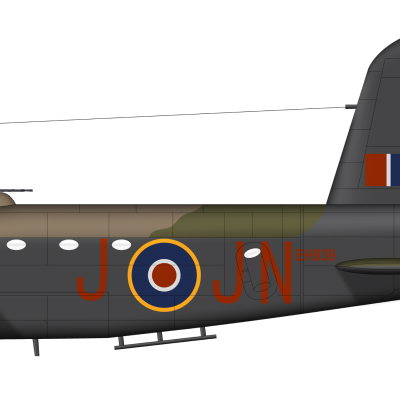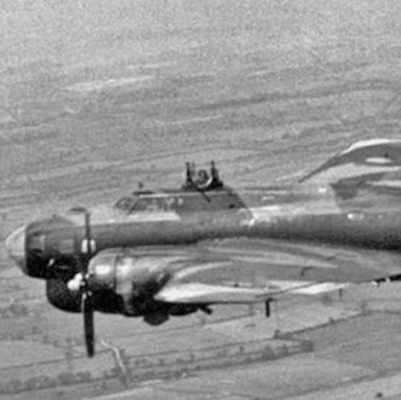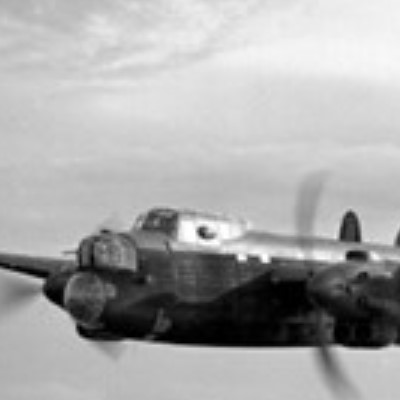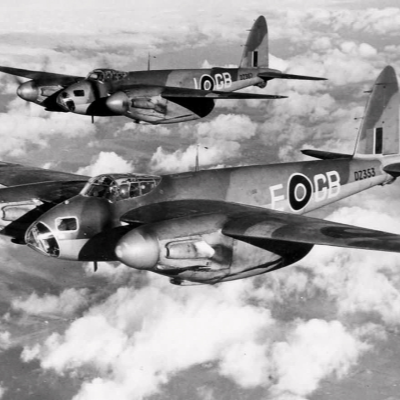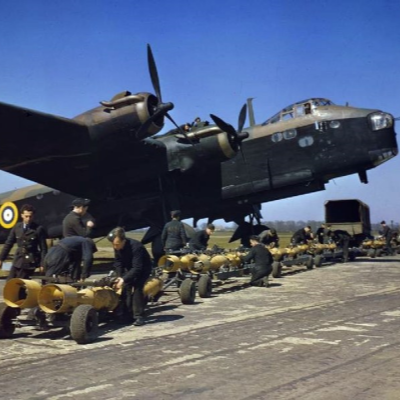Aircraft
Aircraft
The Aircraft of RAF Bomber Command
When we think of the aircraft flown by crews of Bomber Command, thoughts typically turn to the ‘heavies’ - the Lancaster, Stirling and Halifax – and the nimble, multi-purpose Mosquito and perhaps the iconic Wellington. However, several other aircraft were used by Bomber Command through the course of WWII.
Fairey Battle
A single-engine light bomber developed and built by the Fairey Aviation Company; the Battle was introduced to the RAF in the late 1930s. A significant step forward in terms of design and capability when introduced, its service with Bomber Command during the early war years quickly revealed its strengths vulnerabilities.
Boeing B-17
When we think of the aircraft flown by the crews of Bomber Command, thoughts typically turn to the ‘heavies’ - the Lancaster, Stirling, and Halifax – and the nimble, multi-purpose Mosquito and the iconic Wellington. In fact a number of other aircraft were used through the course of the war and included several American types.
Avro Manchester
The Avro Manchester had a relatively short service life with Bomber Command suffering from several operational challenges. It is remembered, however, as the predecessor of the Avro Lancaster. In laying the groundwork for its later sibling, the Manchester’s is a story of ambition, technical challenges, and eventual triumph through iterative design.
de Havilland Mosquito
The Mosquito was one of the most successful aircraft of WWII and surely the most versatile. Used by Bomber Command as both pathfinder and light-bomber, it also served with the RAF in fighter-bomber, night fighter, maritime strike and photo reconnaissance roles. The Mosquito truly was ‘The Wooden Wonder.’
Short Stirling
The Short Stirling was first of the RAF’s heavy bombers – the four-engined trio of Halifax, Stirling and Lancaster – to enter service. While it had a relatively brief operational career as a bomber, being surpassed by the arrival of the Halifax and Lancaster, Stirlings provided a vital improvement to Bomber Command capability.
